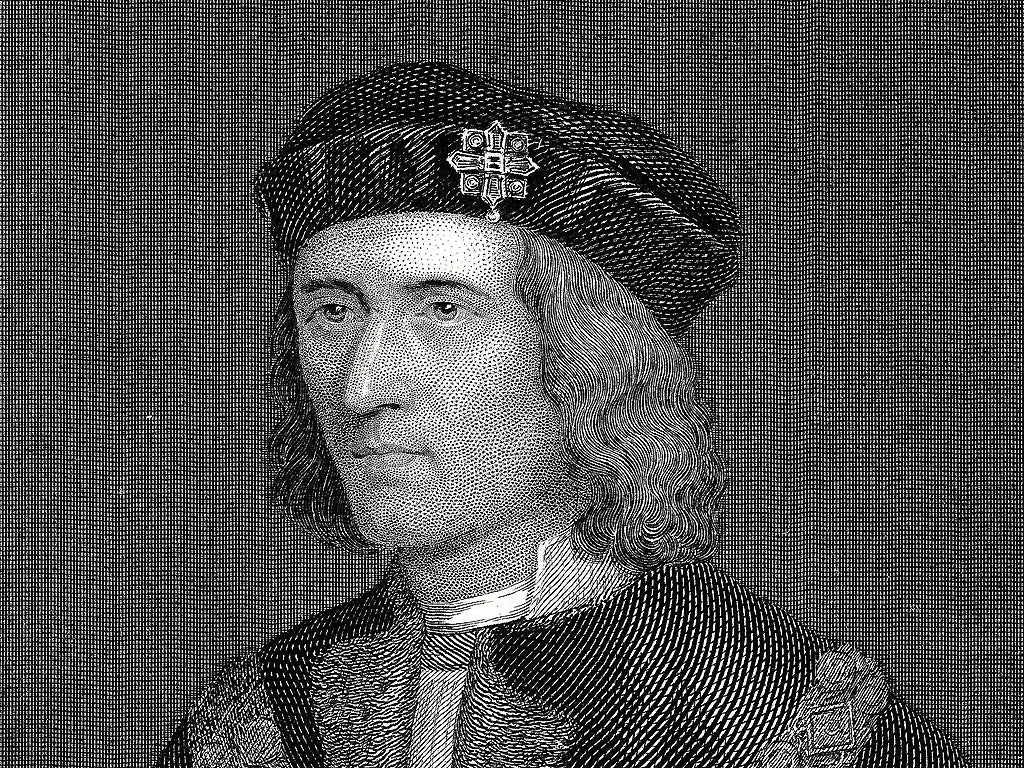Skeleton in Richard III hunt may be friary founder

A second skeleton found by archaeologists searching for the remains of King Richard III could be that of a friary's female founder.
The team carrying out the dig under the car park in Leicester city centre, which is thought to have been the site of the monarch's last resting place at the Church of Grey Friars, have not yet examined the a second set of remains.
Mathew Morris, University of Leicester Archaeological Services' site director said: "It wasn't unexpected finding the remains of a woman buried in the friary.
"We know of at least one woman connected with the friary, Ellen Luenor, a possible benefactor and founder with her husband, Gilbert.
"However, the friary would have administered to the poor, sick and homeless as well, and without knowing where Ellen Luenor had been originally buried we are unlikely to ever know who the remains are of, or why she was buried there."
Researchers are carrying out rigorous laboratory tests on the second set of remains.
The team is also analysing another set of human bones, believed to belong to Richard III, the last Plantagenet king, who was killed at the Battle of Bosworth Field in 1485.
It was the site of the last major clash of the War of the Roses, fought between the Houses of Lancaster and York.
Archaeologists discovered the remains in what is thought to be the choir of the Grey Friars church, which is suggested in historical records to be the spot where the monarch was buried.
The skeleton has apparent battle wounds and curvature of the spine, researchers said.
A spokesman added: "The university has made it clear that it is not saying it has found Richard III - rather that the skeleton has characteristics that warrant extensive further detailed examination and that the search has moved from an archaeological to a laboratory phase."
The bones caused a row between MPs in the Commons last week - with a handful vying for them to be housed in their constituencies.
Labour MP John Mann (Bassetlaw), Labour colleague Jon Ashworth (Leicester South) and Labour's Hugh Bayley (York Central) openly bid for the monarch's remains - if tests prove they are his.
The University of Leicester, in association with Leicester City Council and the Richard III Society, is leading the Search for Richard III.
The outcome of the investigation is expected in January.
PA
Join our commenting forum
Join thought-provoking conversations, follow other Independent readers and see their replies
Comments